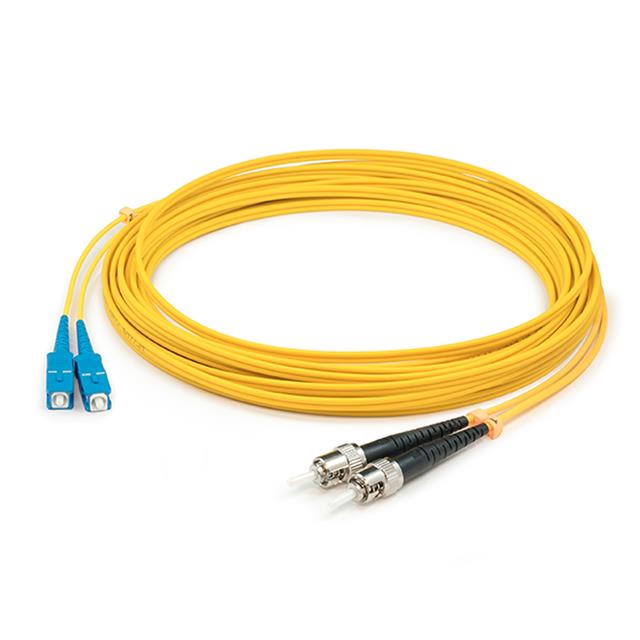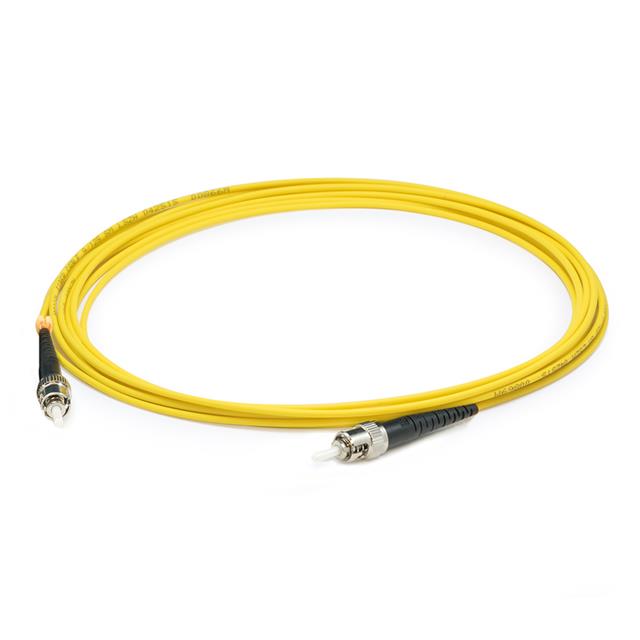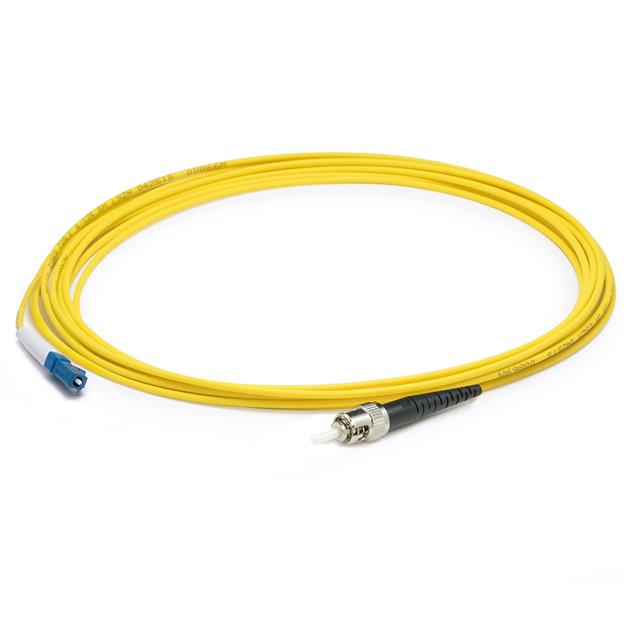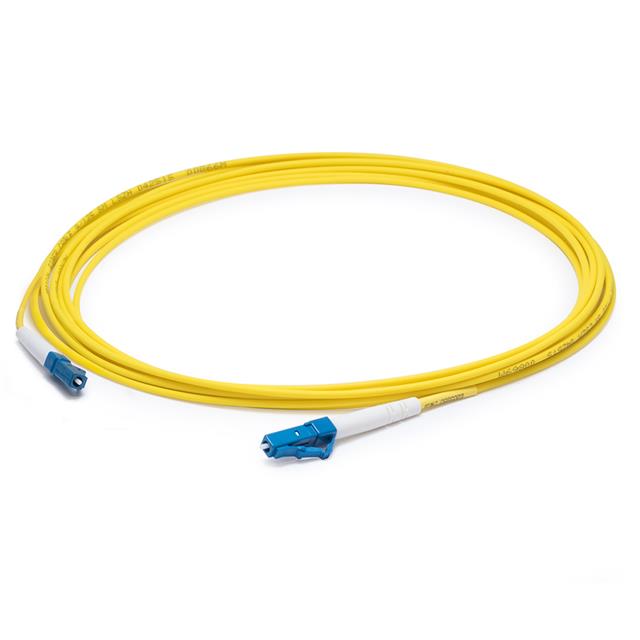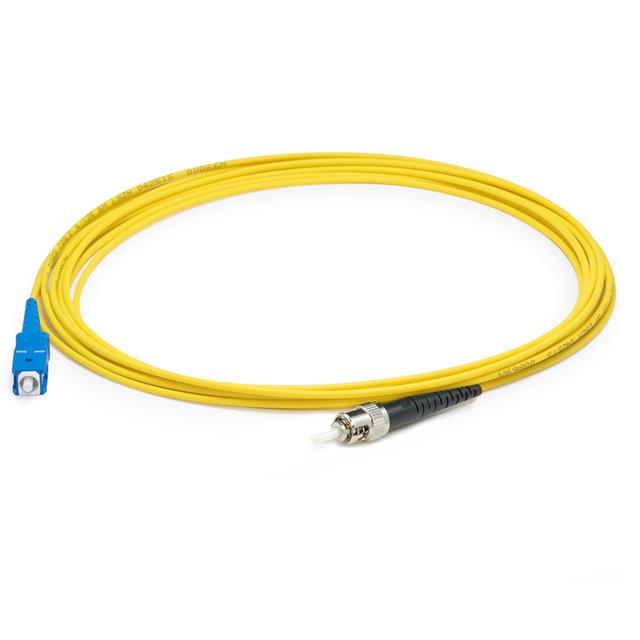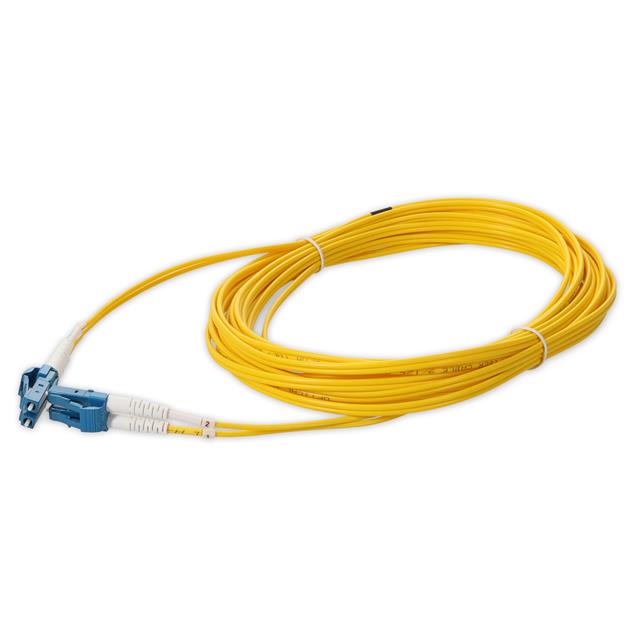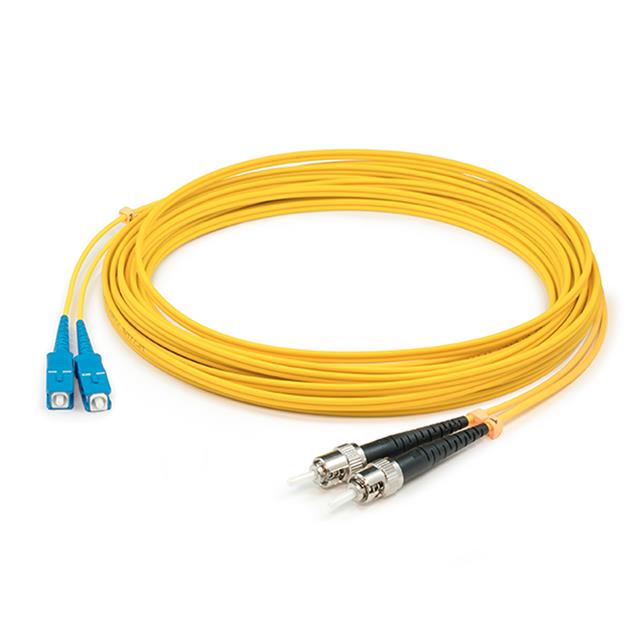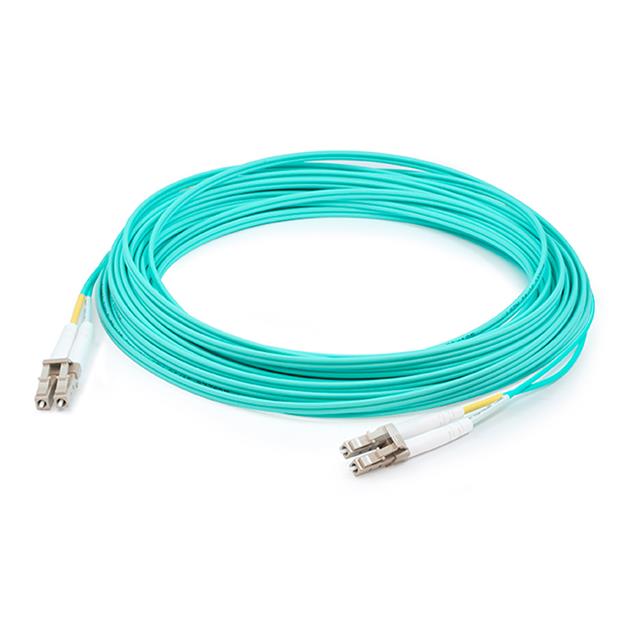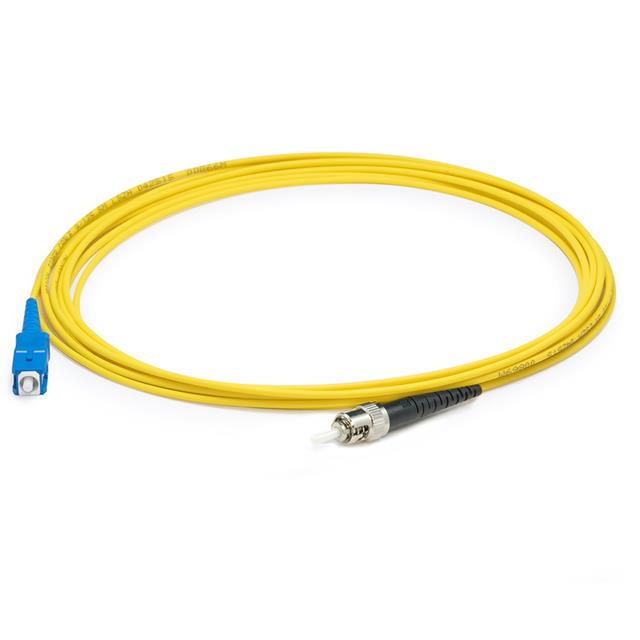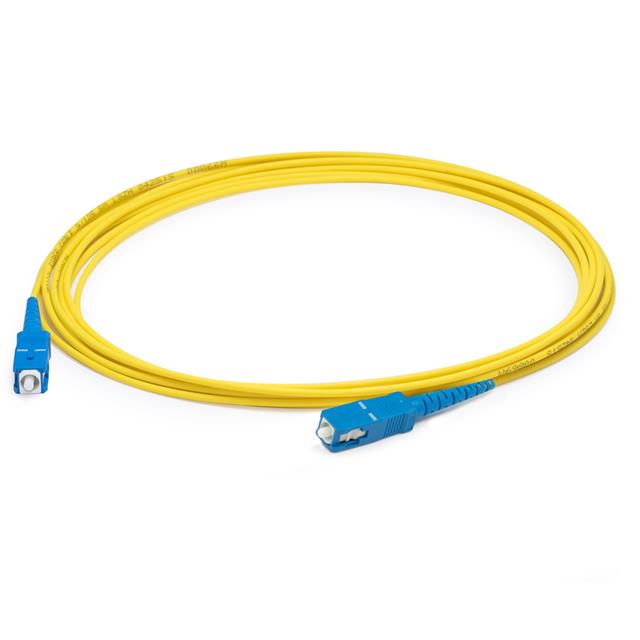Fiber Optic Cables
Optical fiber cables have become the core transmission medium of modern high-speed communication networks and will continue to promote the innovation of communication technology in the future.
1. What are Fiber Optic Cables?
Fiber optic cables consist of one or more optical fibers, using light pulses for high-speed data transmission, and are suitable for telecommunications, the Internet, and long-distance communications. Its typical structure includes:
Core: Made of high-purity quartz glass (SiO₂) or plastic, responsible for conducting optical signals.
Cladding: Surrounding the core, with a low refractive index to achieve total internal reflection.
Coating: Protects the optical fiber from physical damage.
Strengthening Elements and Outer Sheath: Provide tensile strength and environmental protection.
2. How do Fiber Optic Cables work?
Based on the principle of total internal reflection, the optical signal is repeatedly reflected and transmitted forward at the interface between the core and the cladding. The optical signal propagates at a speed of about 200,000 kilometers per second, supporting ultra-low latency communications.
3. What are the Types of Fiber Optic Cables?
Single-mode Fiber (SMF): The core diameter is extremely thin (about 9μm), and it transmits a single wavelength, which is suitable for long-distance, high-speed communications (such as submarine optical cables).
Multimode Fiber (MMF): The core diameter is relatively wide (50-62.5μm), supports multi-wavelength transmission, and is suitable for short-distance scenarios (such as local area networks).
Other Types: Include tight-packed optical cables, branch optical cables, ribbon optical cables, etc., to meet the mechanical and performance requirements of different scenarios.
4. What are the Technical Advantages of Fiber Optic Cables?
High Bandwidth and Speed: Supports transmission rates of 10Gbps to 100Gbps, and the theoretical capacity can reach tens of billions of voice channels.
Low Loss and Long Distance: The relay distance can reach thousands of kilometers, far exceeding traditional copper cables.
Strong Anti-interference Ability: Not subject to electromagnetic interference, suitable for complex electromagnetic environments.
Lightweight and Durable: Small size, lightweight, and corrosion-resistant.
5. What are Fiber Optic Cables Used for?
Communication Infrastructure: Internet backbone network, telephone system, and cable TV network.
Private Network: enterprise dedicated line, data center interconnection.
Special Environment: submarine communication (submarine cable), industrial anti-interference transmission, etc..
6. What are the Materials of Fiber Optic Cables?
Mainstream communication optical fiber is mainly made of quartz glass and is made through a precision drawing process;
Plastic optical fiber is used in some scenarios, but the performance is relatively limited.
7. What is the Development Trend of Fiber Optic Cables?
High-core Optical Cable: Increase the transmission capacity of the unit cable.
All-optical Network: Promote low-loss, high-reliability optical communication system.

